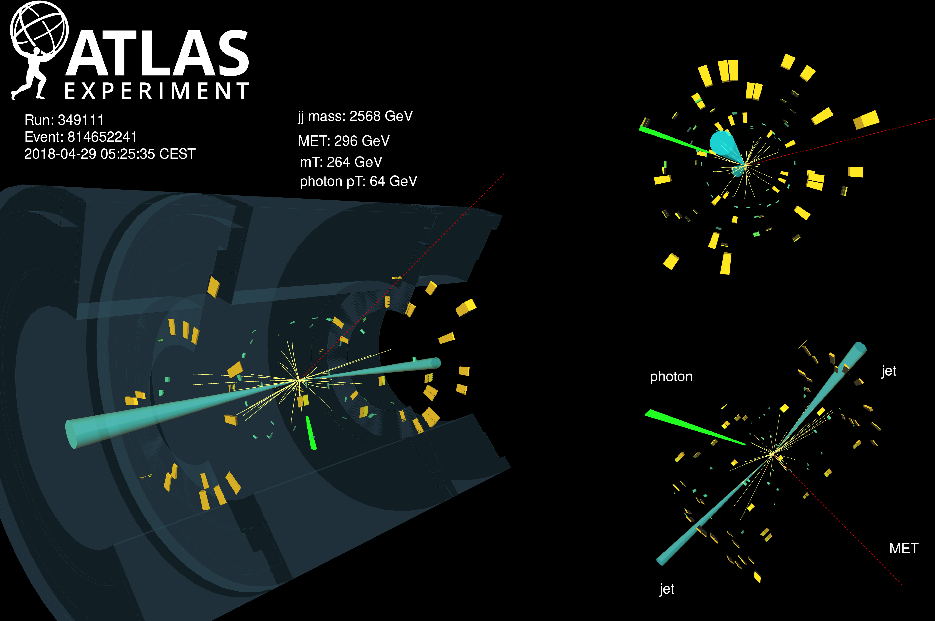The High-Luminosity LHC (HL-LHC) will produce a tenfold or more increase in the amount of data taken, exceeding what is expected to be achievable with a constant investment budget by several factors in both storage and computing capacity. Even corrected for the evolution of technology, this will result in a substantial shortage of computing resources.
Keeping with its mandate, CERN openlab is exploring new and innovative solutions to help physicists bridge this resource gap, which may otherwise impact on the HL-LHC experimental programme.
Following a successful workshop on quantum computing held at CERN in 2018, CERN openlab has started a number of projects in quantum computing that are at different stages of realisation.









